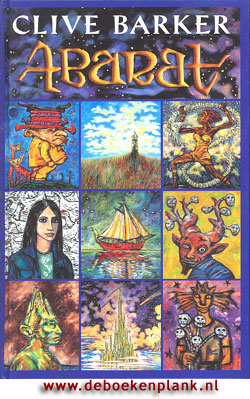The Great Gatsby by F. Scott Fitzgerald
I'm sorry. I couldn't help but think of Andy Kaufmann when reading the opening paragraph of this Great American Novel. The one everyone gets stuck reading in high school along with the Scarlet Letter and Huckleberry Finn.
 But this book is more than that.
But this book is more than that.A good friend of mine who's a fellow bookworm bequeathed me this book along with several others that she just simply couldn't take with her. My sister saw this book and asked me what it was about. She couldn't remember it from High School. And with a great deal of embarrassment, I had to confess that all I remembered was the optomotrist billboard with those great big eyes and that someone dies.
Actually, three people die. But I won't ruin it for you.
It's actually a very sad book. A sort of essay on estranged rich people and how truly lonely they are. It puts me in the mind of a Kids in the Hall Skit where Dave Foley is the apologetic Dr. who was nothing more than Mr. Congeniality in High School, but some how made his way to the top.
"I thought to myself, 'How far can a guy get on charm?' Pretty far, actually."
As lonely as he is, Jay Gatsby's got charm. And just enough mystique about him to make him a lantern in a closet full of moths.
This book is also about the girl that got away. Daisy. Poor, poor Daisy. She was sweet and came off as a flighty little butterfly. And oh how Jay wanted to be her flower. Sadly enough, Jay thought the way to be chosen for the part of "Flower" was to impress the bejesus out of Daisy. To have the most magnificent and opulent home anyone has ever seen. The more money spent, the better.
It's a sad story, really. It's one of those 'Waiting in the Car' books, because it is such a quick read. It speaks truths. Simple truths, but truths no less. It's like the Beatles once said, You can't buy me love.


